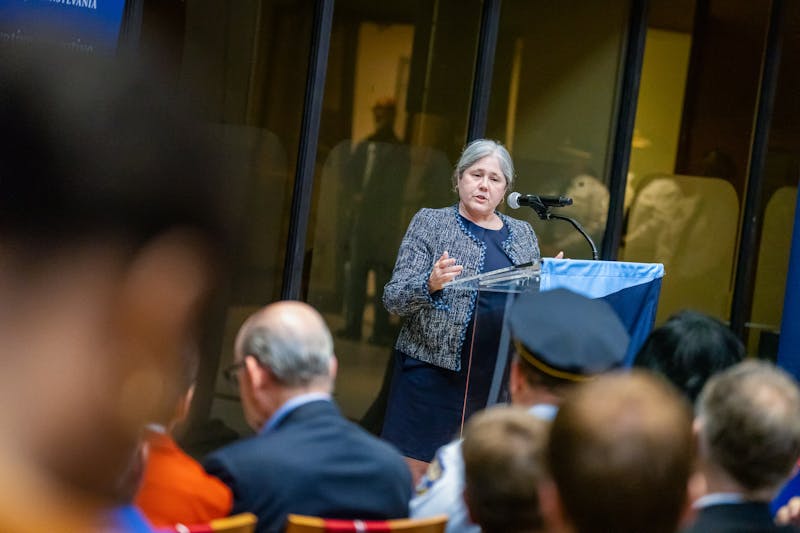
People struggling to keep up with overly ambitious New Year's resolutions may have found a solution: behavioral economics.
A recent study from the Perelman School of Medicine found that financial incentives for fitness were more effective when participants were faced with a loss rather than a gain — even when the monetary amounts were identical.

281 employees of the University were assigned to four treatment groups for 13 weeks and were told their goal was to walk at least 7,000 steps each day. Their progress was tracked using a smartphone app that they could use as a high-tech pedometer.
“More than 50 percent of adults in the United States don’t get enough physical activity,” lead author of the study, Mitesh Patel, said. Patel, an assistant professor in the Medical School and the Wharton School's Health Care Management Department, studies the effectiveness of technology on improving health and medical outcomes.
“A lot of companies and insurers are interested in using financial incentives to motivate people to get more physical activity, but the best way to design financial incentives to really get people to change their behavior hasn't been well studied,” he said.
The first group, a control, was provided with daily feedback on their progress with no financial incentive. Of the three treatment groups, one had the chance to earn $1.40 per day by walking the full 7,000 steps, while the second had the chance to win a lottery, with odds that overall reduced to $1.40 per day. Participants in the third group were given $42 per month up front and then faced the threat of paying $1.40 every time they failed to meet their goal.
The group with a loss incentive had a success rate of 45 percent, which means people met their goal on 45 percent of the days in the study. This was a 50 percent improvement over the control group, which had a success rate of 30 percent. Neither the gain nor lottery incentive groups showed a statistically significant increase over the control.
“We don’t think it’s that the gain incentive and the lottery incentive didn’t work at all,” Patel said, explaining that the study’s relatively small sample size made it hard to demonstrate small differences. “We think that if we had thousands of people to study, we would probably have been able to statistically say that they were different. But nonetheless, it was a very small amount.”
The results seem to be caused by what economists call “loss aversion," or a loss “hurts” more than an equally-sized gain feels rewarding. Studies have shown that people tend to value things they already own higher than things they don’t — we’re biased to want to keep the things we have.
Framing matters: All the participants in the three experimental groups had the chance to earn the same amount of money, $42 a month, by doing the same thing, walking 7,000 steps a day. But getting the money up front may have caused participants to feel like it was already “theirs,” making the idea of losing even $1.40 feel more painful.
The Daily Pennsylvanian is an independent, student-run newspaper. Please consider making a donation to support the coverage that shapes the University. Your generosity ensures a future of strong journalism at Penn.
DonatePlease note All comments are eligible for publication in The Daily Pennsylvanian.







